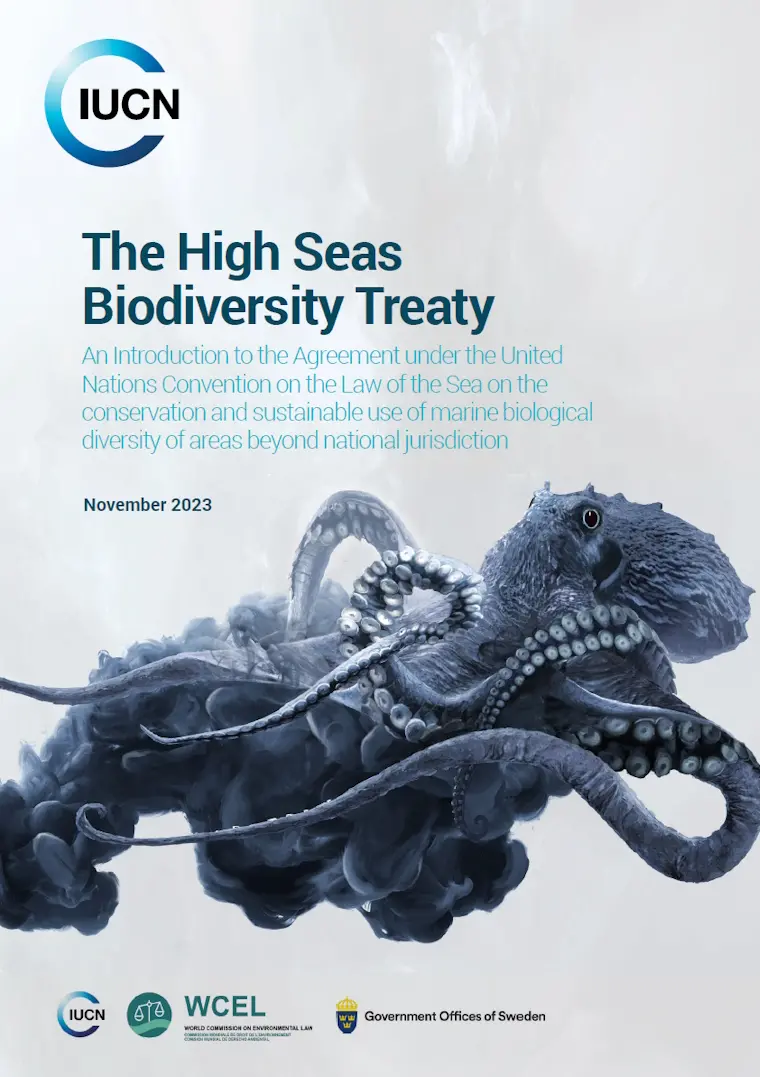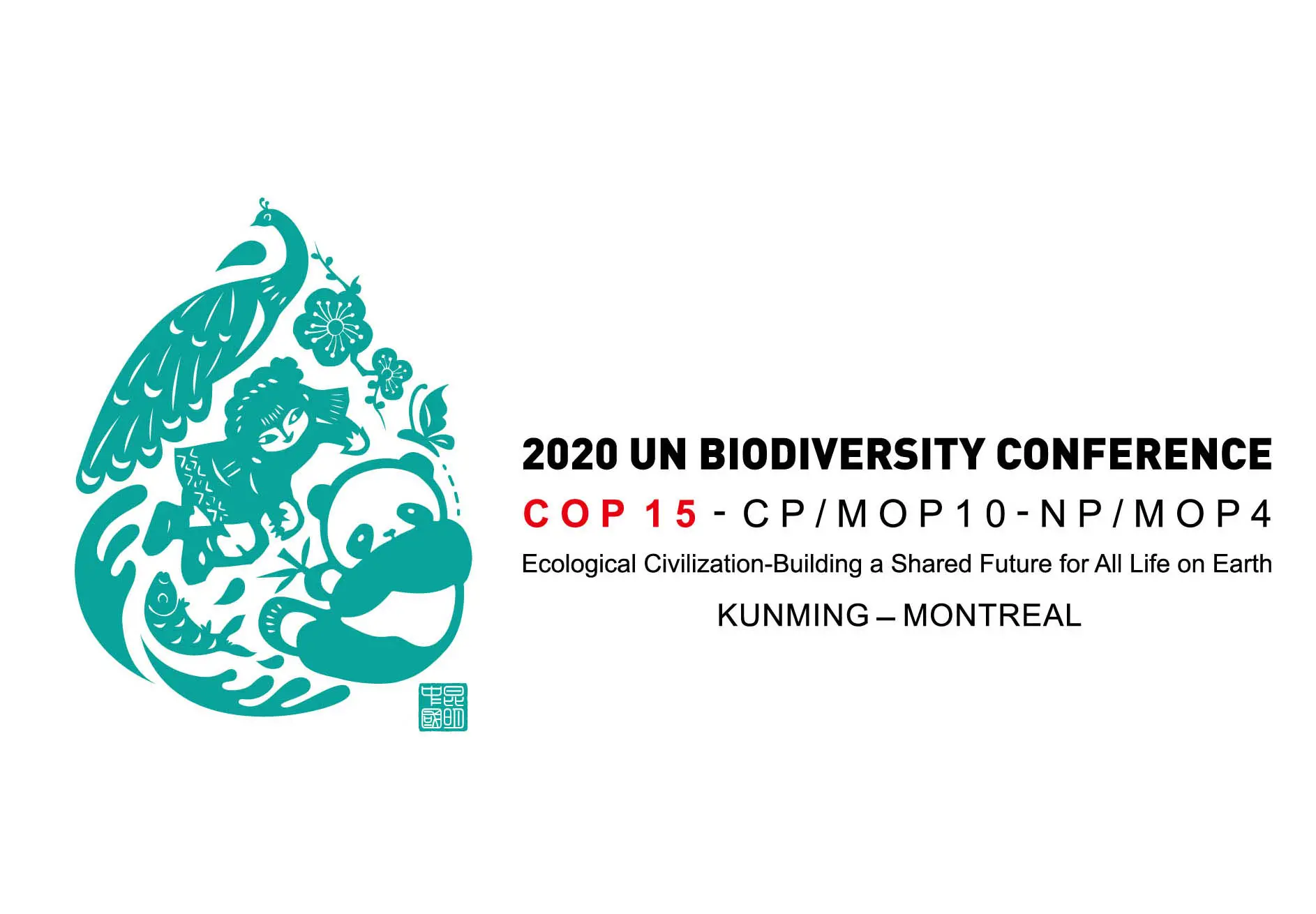Search: WCEL

News | 27 Nov, 2023
New report on High Seas Biodiversity Treaty gives accessible at-a-glance introduction
This introductory report's target audience is professionals from governments, civil society, private sector, and other stakeholders who know multilateral processes and treaties but are not high seas “BBNJ (biodiversity beyond national jurisdiction) experts”. The report is more digestible than…

Grey literature | 2023
High Seas Biodiversity Treaty Policy Brief
An Introduction to the Agreement under the United Nations Convention on the Law of the Sea on the conservation and sustainable use of marine biological diversity of areas beyond national jurisdiction

IUCN Statement | 19 Dec, 2022
IUCN welcomes the Post-2020 Global Biodiversity Framework, which was adopted at the UN Biodiversity Conference (CBD COP15) in Montreal, Canada on 19 December 2022 after four long years of negotiations. We congratulate the Chinese Presidency, Canadian hosts and the CBD secretariat for their…

Press release | 28 Apr, 2021
Sustainable management of natural resources can reduce risk of armed conflict – IUCN report
Gland, Switzerland, 28 April 2021 (IUCN) – Countries where natural resources such as agricultural land and water become scarce or degraded tend to be more conflict-prone, a new IUCN report finds. The report concludes that conserving and sustainably managing natural resources…

Story | 03 Aug, 2016
Tell us your water story and win a prize
Are you working in conservation? In forest, marine, climate change areas or others? Has water made an unexpected appearance in your work? Then we are looking for your story.

Story | 14 Apr, 2016
Exposing illegal trade in elephant tusks
Following a seizure of ivory, a suspected illegal trader has been sentenced to imprisonment. Paul de Ornellas of the Zoological Society of London (ZSL), a grantee with IUCN’s SOS initiative, explains how ZSL helped expose the crime.

Story | 04 Mar, 2016
Getting SMART about tackling wildlife crime on the frontline.
With illegal wildlife trade being a core issue of the upcoming IUCN World Conservation Congress 2016, the role and value of SMART conservation software is pertinent. Marking World Wildlife Day March 3 2016, we travel to the Okapi Faunal Reserve in Democratic Republic of Congo to learn more about…

Story | 01 Feb, 2016
World Wetlands Day: Wetlands & Sustainable Livelihoods
Each year, 2 February marks World Wetlands Day, to celebrate our planet’s wetlands but also to draw attention to the challenges that their degradation brings.

Story | 07 Jan, 2016
The List of World Heritage in Danger is not a disgrace, but an opportunity
A key success of 2015 was the removal of Colombia’s Los Katíos National Park from the List of World Heritage in Danger. It was danger-listed in 2009 at the request of the government, after suffering extensive damage from illegal activities. The park authority has now regained control of the site…

Story | 05 Jan, 2016
Why the new policy on sustainable development for World Heritage is a crucial step forward
Towards the end of 2015, the States Parties to the World Heritage Convention adopted a policy on sustainable development. This is a major step in ensuring that World Heritage sites contribute to socioeconomic well-being in a sustainable manner with long-term positive effects, both for the…
